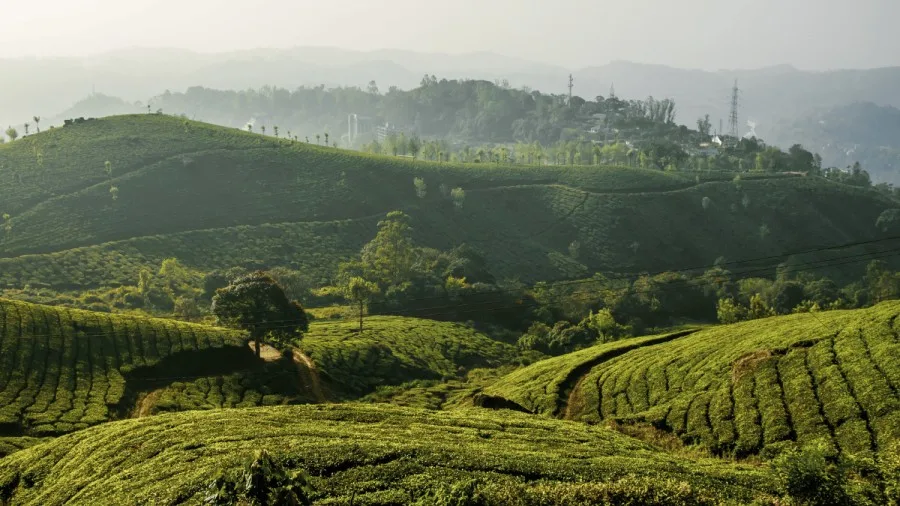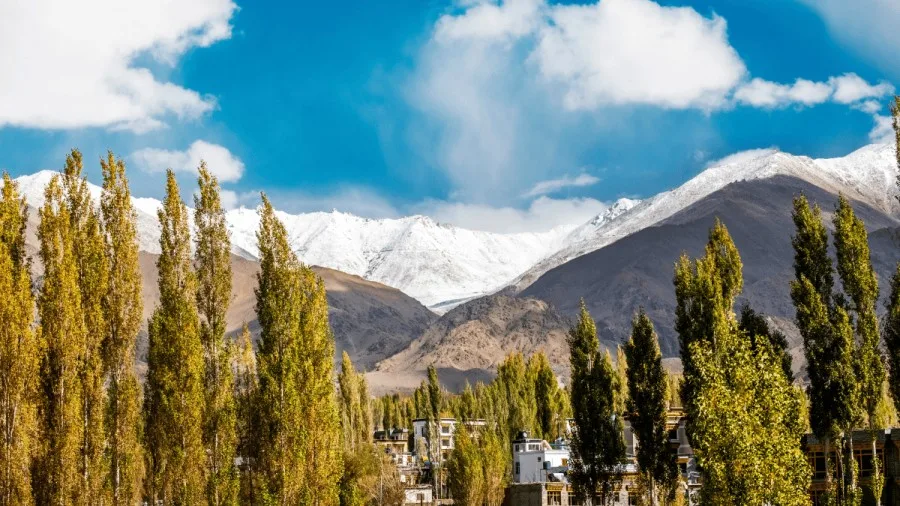NORTHERN MOUNTAIN REGION/ HIMALAYAN MOUNTAIN REGION:
Northern Mountain Region plays a great significance in India. The Northern Mountain region contains a chain of Himalayan Mountain ranges. A chain of mountain ranges contains regularly, orderly evolved and developed mountain ranges in different geological periods. There are two Himalayan ranges that are described as Trans-Himalayan ranges. These Himalayan ranges originated in different geological periods. The trans-Himalayan range has been originated in the Neocene period. The Greater Himalayan range originated in the Oligocene period. The middle Himalayan range has been originated in the Miocene period and the outer Himalayan range/ Shiwalik has been originated in the Pliocene period. Following are the broadly defined different mountain ranges.
TRANS-HIMALAYAN RANGE-(Northern Mountain Region)
This range is one of the sub-divisions of the Northern Mountain region. The trans-Himalayan range contains the Karakoram-Ladakh range. Karakoram is the second-highest peak in the world. This part of the Himalayan range is also called the Tibetan Himalayas because most of it lies in Tibet. This range is strategically important and connects China with POK. The Zaskar, the Ladakh, the Kailas, and the Karakoram are the main ranges of the Trans-Himalayan range. It stretches for a distance of 1,000 km in an east-west direction and its average elevation is 3000 m above mean sea level. The average width of this region is 40 km at the eastern and western extremities and about 225 km in the central part.

GREATER HIMALAYAN RANGE
The Greater Himalayan is made of Gangetic metamorphic rocks. It is also called Himadri. The average elevation of 6,100 m above sea level and an average width of about 25, this loftiest and the most continuous mountain range in the world. It is about 150 km away from the northern edge of the plains of Northern India. The mountain range boasts the tallest peaks in the world, most of which remain under perpetual snow. It is the highest mountain range in the world.
THE MIDDLE/LESSER HIMALAYAN RANGE-
Lesser Himalayan ranges have an altitude of 3500 meters. In between the Shiwalik in the south and the Great Himalayas in the north. It is also called Himachal. It is 60-80 km wide having elevations varying from 3,500 to 4,500 m above mean sea level. The important ranges included are Pir Panjal, the Dhaola Dhar, the Mussoorie Range, and the Nag Tiba. On the whole, the middle Himalayan ranges are less hostile and more friendly to human contact. The majority of the Himalayan hill resorts like Shimla, Mussoorie, Ranikhet, Nainital, Almora, and Darjeeling are located here.
SHIWALIK RANGE
this range is also called the outer Himalayas. Its altitude is 100 Mtrs to 1500 Mtrs, it is made of sedimentary rock, which is highly prone to landslide. The Shiwalik are formed of great thickness of Mio-Pleistocene sands, gravels, and conglomerates which have been brought by the rivers flowing from the higher ranges of the Himalayas. The Shiwalik are known by different names in different names in different areas. They are called Jammu Hills in Jammu and Dfla, Miri, Abor, and Mismi Hills in Arunachal Pradesh. The Dhang Range, Dundwa Range (Uttaranchal), and the Churia Ghat Hills of Nepal are also parts of the Shiwalik range. The eastern part of the Shiwalik range up to Nepal is covered with thick forests. The southern slopes of this range are completely devoid of forest cover in Punjab and Himachal Pradesh.

THE EASTERN HILLS –
These hills are also called Purvanchal because they are located in the south, they form Indi’s boundary with Myanmar. In the north of these hills is the Patkai Bum which forms the international boundary between Arunachal Pradesh and Myanmar. It is made up of strong sandstone and rises to elevation varying from 2,000 m to 3,000 m. After running from some distance southwards; it merges into Naga Hills where Saramati is the highest peak. Patkai Bum and Naga Hills form the watershed between India and Myanmar.
The Eastern Hills decrease as we move from north to south. Although comparatively low, these hill ranges are rather forbidding because of the rough terrain, dense forests, and swift streams.


1 thought on “Northern Mountain Region Diversity of Landscapes”